Littlerock Reservoir Sediment Removal Project
Project Specifications
Client: Palmdale Water District
Location: Los Angeles County
Services: Environmental Review & Permitting, Biological Resources, Air Quality & Climate Services, Planning & Public Policy, Compliance & Construction Monitoring, Client Support
Aspen is providing design, CEQA/NEPA, permitting, and mitigation monitoring services to Palmdale Water District (PWD) for sediment removal at Littlerock Reservoir. Located on National Forest System (NFS) lands of the Angeles National Forest (ANF), Littlerock Reservoir is a man-made feature formed by the impoundment of water by the Littlerock Dam.
The Reservoir also provides debris control and flood protection for downstream areas. PWD operates Littlerock Reservoir, which conveys water to Palmdale Lake for treatment and use as potable water to PWD customers. The Reservoir has a design water storage capacity of 3,500 acre-feet. However, this capacity has been substantially reduced over time by the accumulation of sediment behind Littlerock Reservoir during seasonal inflows. Currently, the Reservoir storage capacity has been reduced to approximately 3,037 acre-feet due to sediment buildup.
The proposed project would remove approximately 1,165,000 cubic yards of sediment that has accumulated within Littlerock Reservoir to restore design water storage capacity to 1992 levels. Prior to sediment removal, to prevent disturbance upstream of Rocky Point and preserve critical habitat of arroyo toad (a federally-listed endangered species), a subterranean grade control structure would be constructed at Rocky Point. This design feature was added to the project based on Aspen’s recommendation and design. Sediment would then be removed annually by truck after Labor Day until seasonal water refill of the Reservoir suspends removal efforts (estimated between mid-November and January 31). Under the Proposed Action, annual sediment removal for approximately 7 to 12 years will be implemented to restore Reservoir design storage capacity. Sediment removal activities would occur six days per week, up to 12 hours per day, starting after Labor Day until seasonal water refill of the Reservoir suspends removal efforts (estimated between mid-November and January 31). Removed sediment would be reused as feasible and/or disposed at nearby exhausted mining quarries in the City of Palmdale. Following initial sediment removal to restore the Reservoir, an estimated 38,000 cubic yards of sediment would be removed every year to maintain design storage capacity.
Since 2004, Aspen has been assisting PWD in in designing the proposed Project and developing best management practices. Project design support has included overseeing development of Project alternatives, design of the proposed grade control structure, preparation of a sediment removal plan, and assisting PWD with preparing and selecting a construction contractor. As part of evaluating Project alternatives, Aspen considered several different sediment removal methods (including slurry line and boat dredge) and evaluated several sediment disposal methods (such as conveyer belt to adjacent side canyon for disposal). The proposed Project was developed to reduce potential environmental impacts, protect upstream habitat of the federally-listed arroyo toad, and to ensure the most efficient method for restoring the design water storage capacity of the Reservoir for PWD.
Aspen kicked off the environmental review process with scoping in 2013, and provided an Administrative Draft EIS/EIR to PWD. Subsequently, Aspen published the Draft EIS/EIR in May 2016, the Final EIS/EIR was published in May 2017, and the Record of Decision was issued in June 2017. During this process, Aspen supported PWD and the U.S. Forest Service in conducting extensive public outreach based on our Forest-approved Public Involvement Plan, including two separate scoping meetings, one Draft EIS/EIR public meeting, all meeting materials and handouts, and several public/agency informational site visits to the Reservoir to discuss the Project and public/agency concerns, and support to the ANF: during the ROD Objection Period, preparation of a full administrative record, and preparation of 508-compliant documents.
Aspen prepared the environmental analyses and agency decision documents under CEQA and NEPA. The Final EIS/EIR analyzed 12 key environmental resource areas. Key environmental considerations of the Project included biological resources, recreation, air quality, and transportation/traffic. The Project requires closure of the Reservoir to the public during annual construction and sediment removal, between Labor Day to when seasonal water refill of the Reservoir suspends construction activities (estimated between mid-November and January). The EIS/EIR required specific analysis and mitigation to evaluate potential impacts to public recreation and fulfill the requirements of the U.S. Forest Service and California Department of Water Resources. Additionally, the Lahontan Regional Water Quality Control Board found fish within the Reservoir to be contaminated with Mercury, and are currently designated unsafe for consumption by the California Office of Environmental Health Hazard Assessment. As part of this Project, Aspen biologists will oversee the removal of all invasive fish species and will assess the need for additional fish removals annually.
Aspen obtained all necessary permits to cover actions of the Project, including a California Department of Fish and Wildlife (CDFW) Lake and Streambed Alteration Agreement (LSAA), U.S. Army Corps of Engineers (ACOE) 404 Regional General Permit, and Regional Water Quality Control Board (RWQCB) 401 Permit, and recently obtained permit amendments due to some construction variances. Currently, Aspen is overseeing the mitigation monitoring and enforcement program prepared for the Project, which incorporates mitigation measures and standard project commitments (SPC) developed during the CEQA/NEPA process to proactively protect sensitive resources at the Reservoir and reduce or avoid environmental impacts associated with proposed activities. This includes conducting worker training and oversight of mitigation and permit compliance requirements throughout annual construction and sediment removal. The Grade Control Structure component of the project is currently under construction.


